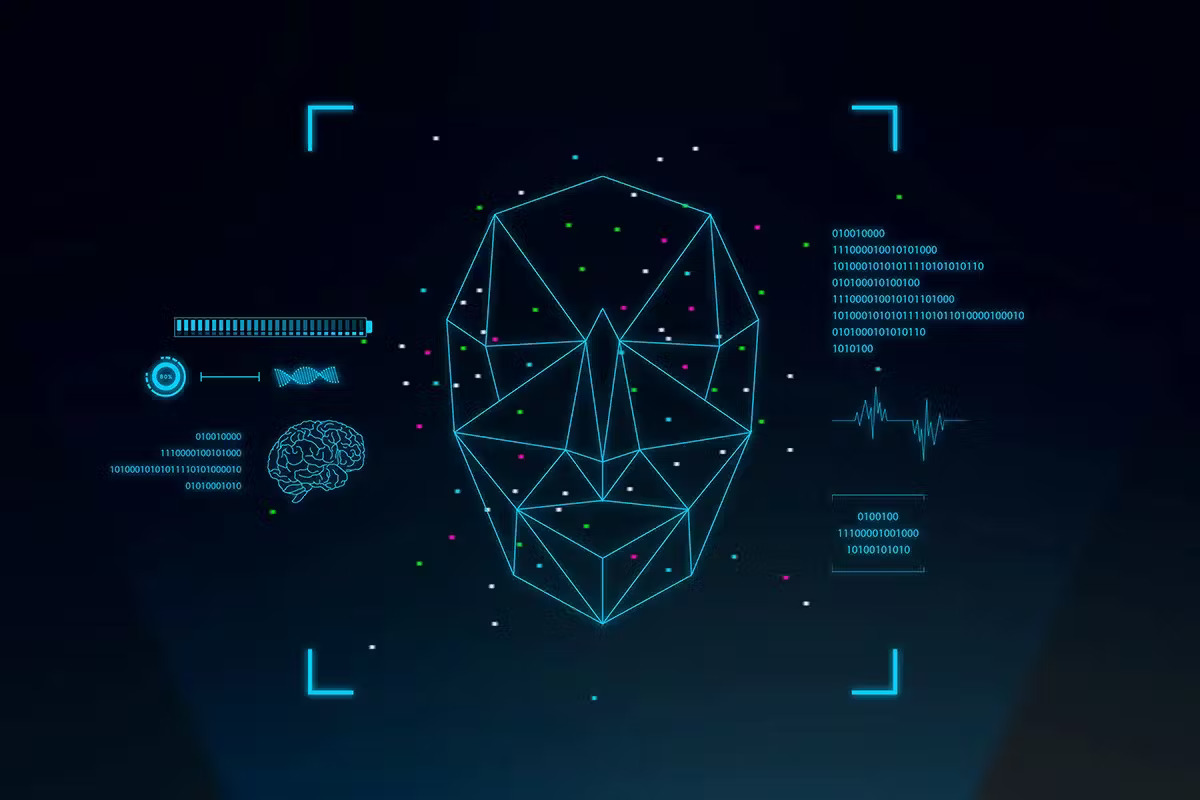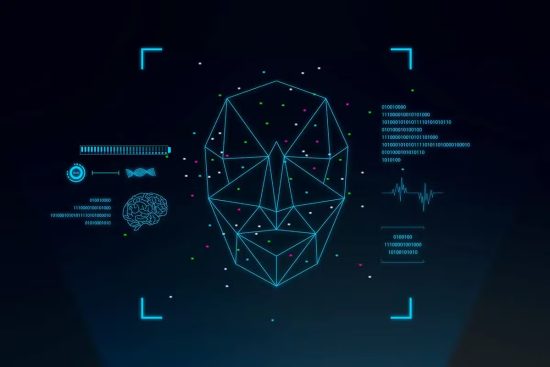
In the fast-growing world of e-commerce, first impressions matter more than ever. For online shoppers, a product image is often the only touchpoint before making a decision. It replaces the physical experience of holding, feeling, or trying a product. That’s why visual presentation plays such a critical role in building trust and driving sales.
As businesses continue to expand online, the pressure to maintain consistent, high-quality product images across hundreds or even thousands of listings can be overwhelming. This is where AI-powered photo optimization is quietly changing the game. It combines the precision of technology with the purpose of storytelling, ensuring every product image speaks clearly and beautifully to its audience.
The Growing Need for Smarter Image Optimization
Traditionally, image editing has been a manual process—requiring skilled designers, time, and constant coordination. While effective, it’s difficult to maintain consistency when working across large catalogs or multiple marketplaces.
AI has stepped in to simplify this challenge. By learning from visual data, it can now identify, enhance, and correct product images automatically. This not only saves valuable time but also helps sellers maintain uniform visual standards across platforms. The result? Every product looks its best, every time.
A few key reasons why e-commerce platforms are turning to AI-based photo optimization include:
- Speed and scale – thousands of images processed in minutes.
- Consistency – unified visual presentation across all product lines.
- Accuracy – realistic lighting and color reproduction for authentic representation.
- Efficiency – lower operational costs without compromising quality.
What Exactly Does AI-Powered Photo Optimization Do?
AI doesn’t just make images look “better”—it understands how to make them better. By analyzing patterns in millions of visuals, it learns what makes a photo appealing, informative, and trustworthy.
Here are a few ways AI is transforming image optimization for e-commerce:
1. Intelligent Lighting and Color Balancing
AI tools can automatically detect uneven lighting and adjust brightness, shadows, and tones for a balanced, natural look.
- Ensures accurate color representation of products.
- Reduces visual distractions caused by poor lighting.
- Creates harmony across images captured under different conditions.
This is especially important for categories like apparel, furniture, and beauty, where color accuracy directly affects buying decisions.
2. Background Refinement and Noise Removal
A cluttered or distracting background can take attention away from the product. AI models can remove unwanted elements and replace them with clean, uniform backdrops.
- Keeps the focus on the product itself.
- Meets the white-background requirements of major marketplaces.
- Creates a neat, professional appearance for every image.
By simplifying backgrounds, sellers not only highlight their products but also maintain visual consistency that enhances brand credibility.
3. Sharpness and Resolution Enhancement
Blurry or low-quality photos can reduce buyer confidence. AI-based upscaling and enhancement restore fine details while maintaining realism.
- Improves clarity without over-editing.
- Makes products appear crisp and well-defined.
- Helps smaller sellers match the visual standards of larger brands.
With this, even older or lower-resolution images can be revived and made ready for listing again.
4. Smart Cropping and Framing
AI understands the focal point of an image and can crop it intelligently.
- Centers the product perfectly.
- Maintains aspect ratios suited for various platforms.
- Reduces human effort in repetitive editing tasks.
A well-framed image looks more organized, giving a feeling of care and attention to detail—qualities that matter deeply to online shoppers.
5. Style Consistency and Branding Alignment
When sellers list across different marketplaces, maintaining a cohesive visual identity becomes challenging. AI solves this by standardizing brightness, tone, and contrast throughout a brand’s catalog.
- Ensures visual uniformity across all listings.
- Strengthens brand recognition through a distinct, consistent style.
- Saves review time by automating repetitive adjustments.
This subtle consistency communicates reliability and professionalism—values every buyer looks for subconsciously.
Why This Matters More Than Ever
E-commerce today is not only about products; it’s about experiences. Customers expect visuals that are clear, trustworthy, and emotionally engaging. A perfectly optimized image reassures them that the seller cares about quality—both of the product and the presentation.
Moreover, AI optimization goes beyond aesthetics. It supports better load times, higher conversion rates, and improved discoverability. Search engines and marketplaces often favor listings with optimized, high-quality images, which directly impacts visibility and sales.
In a landscape where sellers compete for the same few seconds of buyer attention, every improvement in image quality counts. AI simply helps ensure that no opportunity is lost to poor visuals.
A Gentle Shift Towards Intelligent Workflows
The beauty of AI-powered photo optimization lies not in replacing human creativity, but in simplifying repetitive tasks so that creativity can thrive. Designers and sellers can focus on storytelling, product positioning, and campaign ideas—while AI takes care of technical precision.
It’s a partnership of human intent and machine intelligence. Together, they create visuals that are both appealing and efficient to produce.
A few quiet but meaningful benefits that sellers often notice include:
- Reduced manual work with faster, automated edits.
- Fewer errors, ensuring every image meets platform standards.
- Better buyer confidence, leading to fewer returns.
- More time for creativity, strategy, and customer connection.
The Stillsweb Perspective
At Stillsweb, we view AI-powered photo optimization as a thoughtful companion for sellers. It’s not about replacing the creative eye—it’s about refining it. Our AI solutions are designed to enhance each product image with care, ensuring that sellers maintain authenticity while achieving consistency and efficiency.
By combining automation with accuracy, Stillsweb enables sellers to focus on what matters most: presenting their products with honesty, clarity, and trust. The process feels seamless, but the results are visible—cleaner visuals, faster workflows, and higher buyer satisfaction.
In Conclusion
AI-powered photo optimization represents a quiet but powerful shift in e-commerce. It brings together technology and intention, ensuring that visuals remain not just appealing, but meaningful.
As e-commerce continues to grow, sellers who embrace this intelligent support will find themselves better equipped to connect with customers and build trust in every frame. After all, great products deserve great presentation—and AI is simply here to make that journey a little smoother for everyone.


